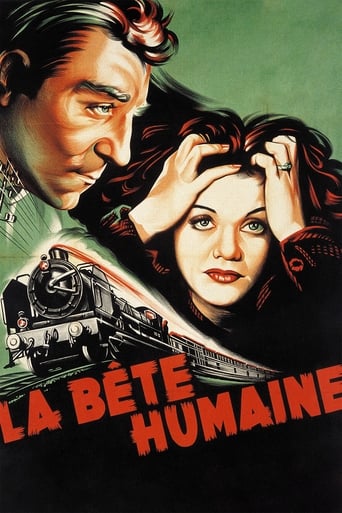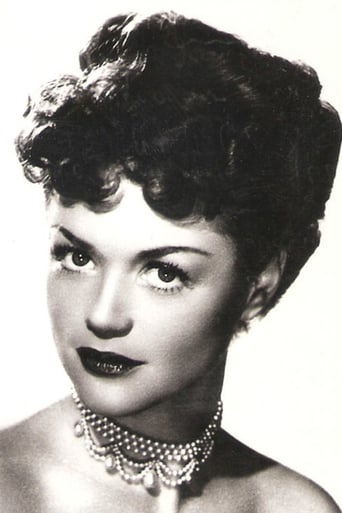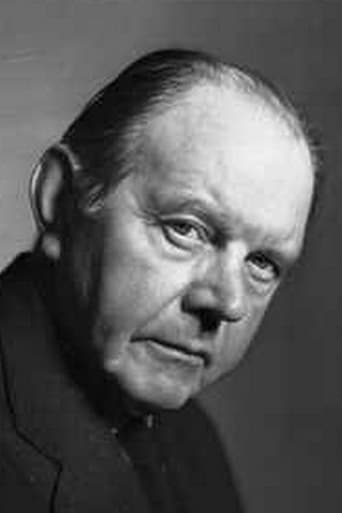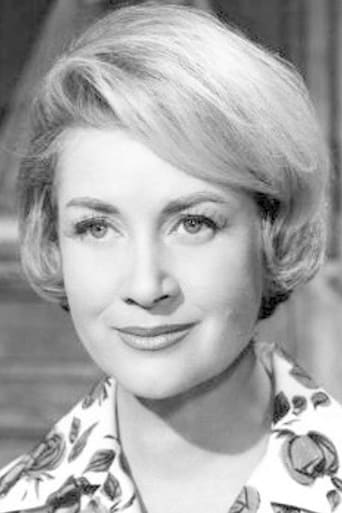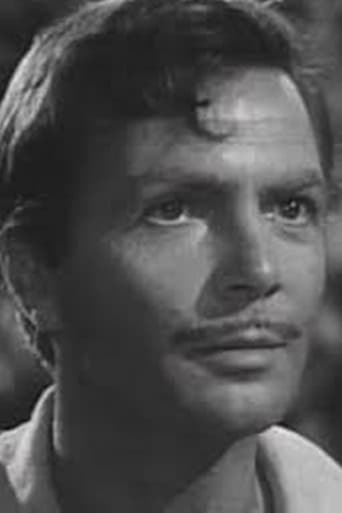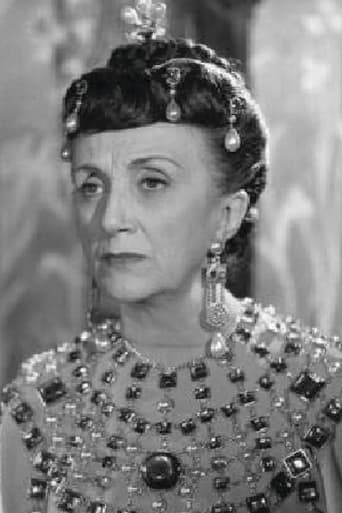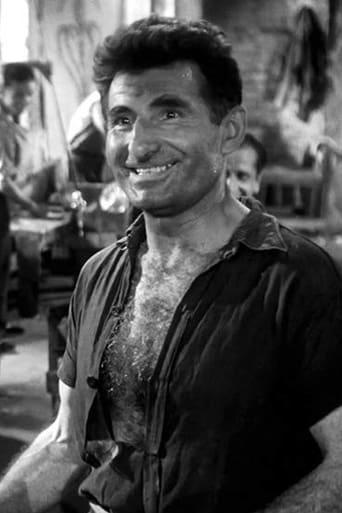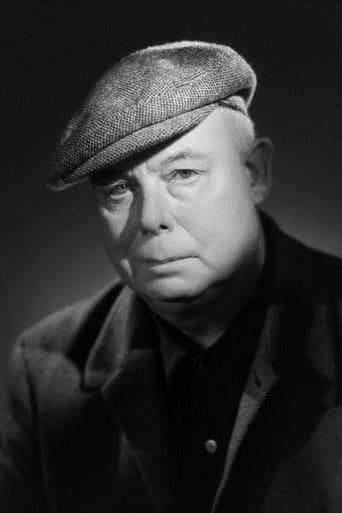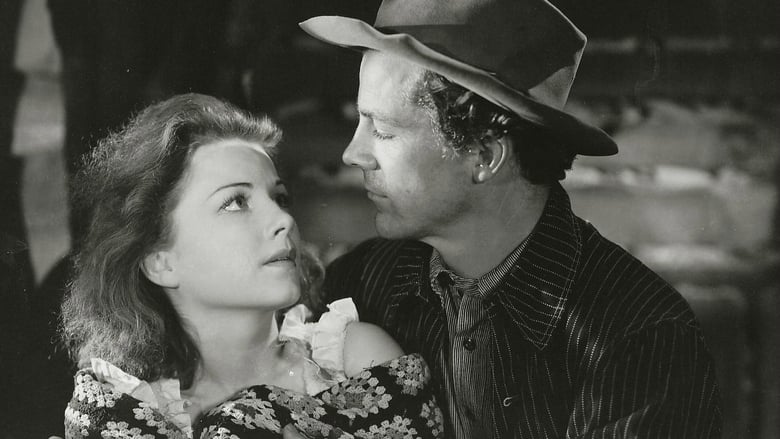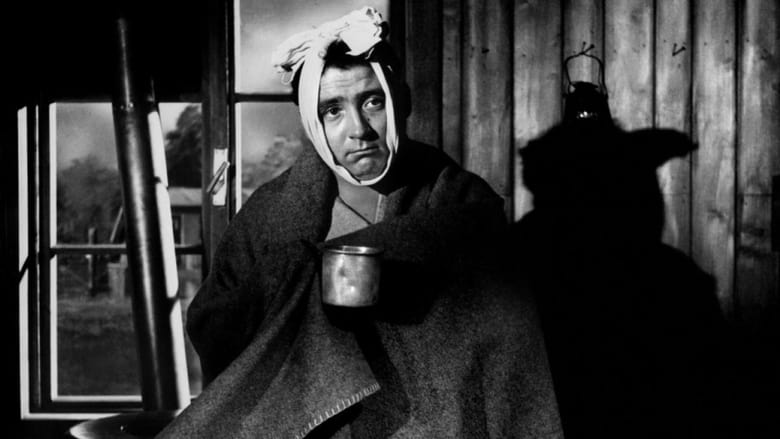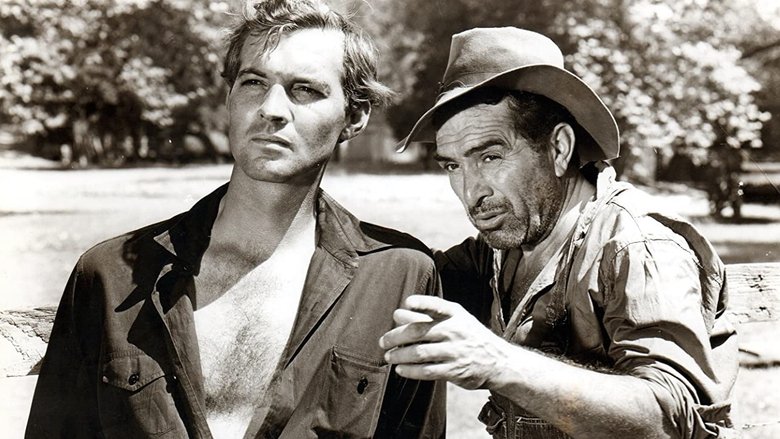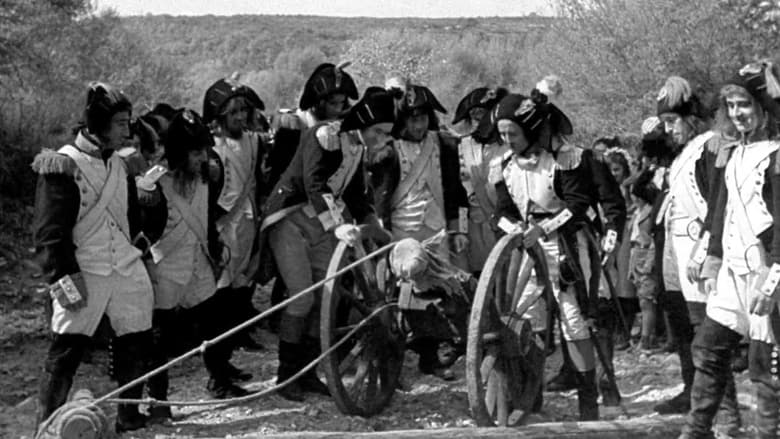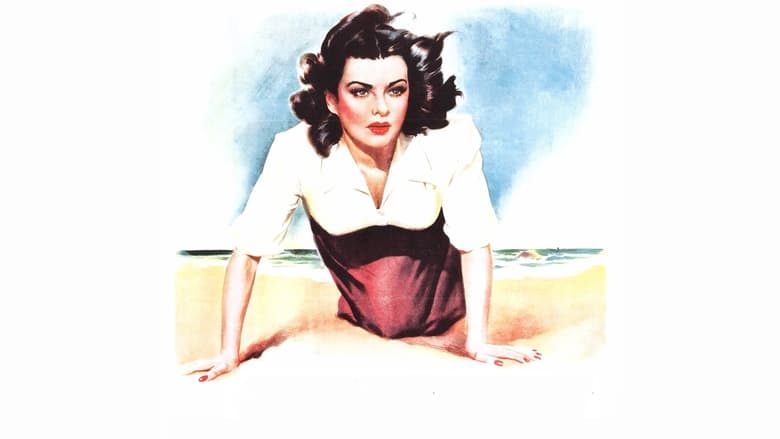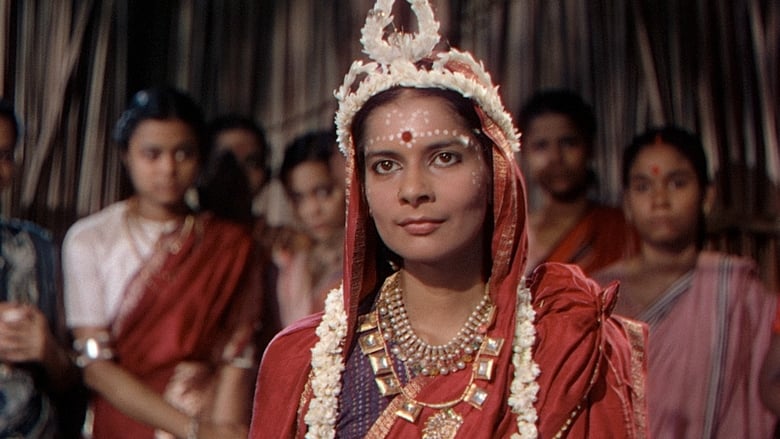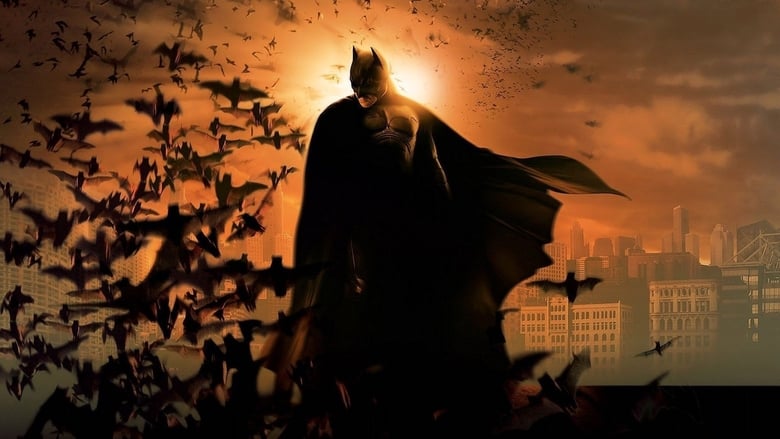On board a train bound for the port city of Le Havre, France, railroad stationmaster Roubard murders Grandmorin, who seduced his beautiful young wife, Severine. Engineer Jacques Lantier, stuck in Le Havre while the train is being repaired, also begins a passionate affair with Severine, who tries to entice the handsome stranger to murder her controlling husband. However, Lantier has a secret urge of his own that changes everything.


Similar titles
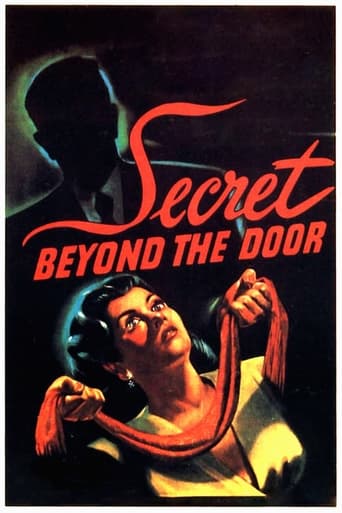
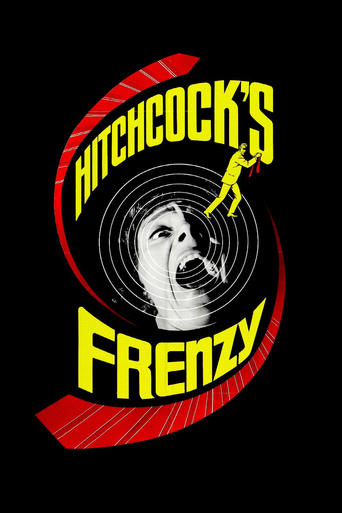
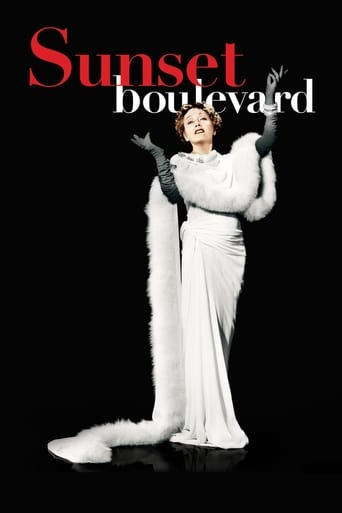
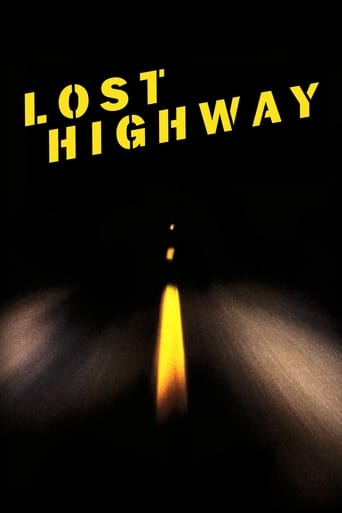
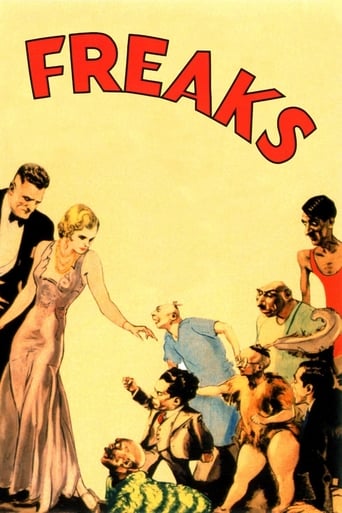
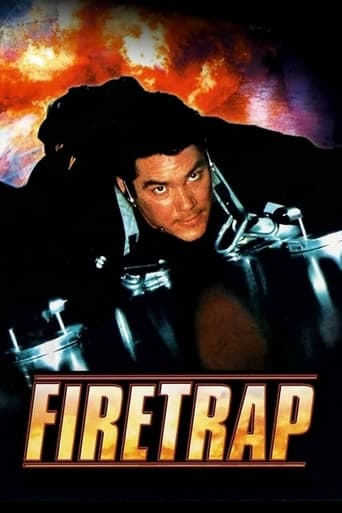
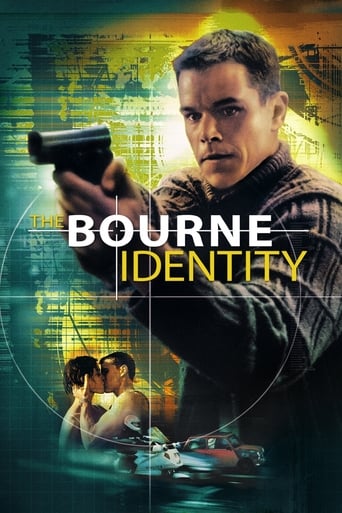


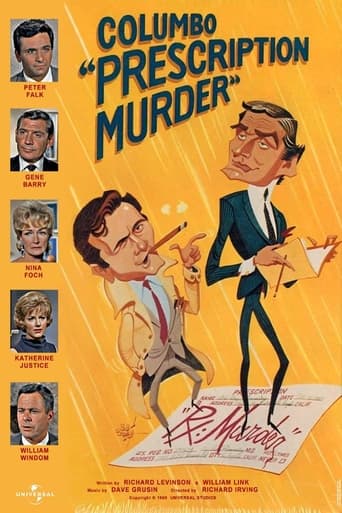
Reviews
A few weeks ago, I reviewed Marcel Carné 1953 film, Thérèse Raquin, based one of Émile Zola's novels. There I said: 'Zola, like his naturalistic literary contemporaries--Jack London, Stephen Crane, and Frank Norris--saw man as a brute guided by naturalistic (social or environmental) forces beyond his power or control.' YET, this Renoir film, based on another Zola novel (part of the 20-novel Rougon-Macquart series), comes even closer to representing the naturalistic literary movement at the turn of the century, and I would place it high among Renoir's other famous French films of the 30s..As the film opens, we see an engineer and his stoker maneuvering their fast train down the tracks and into Le Havre. The opening scenes show the tracks, tunnels, and bridges from an engineer's viewpoint and are some of the most impressive dynamic perspective shots ever seen on film.After the train arrives at Le Havre, the engineer, Jacques Lantier (Jean Gabin) and his stoker, Pecqueux (Julien Carette), examine the engine and notice that a main axle is broken and has to be repaired. The repairs will take 36 hours, so Jacques decides to visit his godmother near Le Havre. During his visit, we learn that he has had trouble with attacks involving sudden headaches, rage, and depression. He blames these attacks on the poisonous alcoholic debauchery that he inherited from his father and grandfather. When he finds an old girlfriend, Flore (Blanchette Brunoy), in the country, he attempts to make love to her on a hill by the train tracks. As he does this, he almost strangles her to death. But, he is suddenly stopped by a rapidly passing locomotive, which presumably brings him out of the blackout phase of one of his attacks. Flore, familiar with his condition, asks him if his behavior is the result of his problem. He tells her that his violent urges are beyond his control, again blaming it the hereditary poison that flows though his veins. Though Flore tells him she wants to marry him, he leaves her. In the meantime, the film follows the problems of Le Havre's stationmaster, Roudaud (Fernand Ledoux), who had taken a formal complaint from one the passengers on his train even though the complaint was lodged against a VIP of the railroad and it could cost him his job. When he goes home to his young and much-too-beautiful wife, Séverine (Simone Simon), he asks her to travel to Paris with him and take the problem to her influential godfather, Grandmorin (Jacques Berlioz). She does this successfully. But, then Roudaud starts to question Séverine's relationship with him. His first thought is that she might be Grandmorin's daughter since her mother had worked for him as a maid at the time when she was born. If so, he thought, they might be coming into his money some day. Séverine seems genuinely shocked at the thought of being Groandmorin's daughter. However, after seeing a ring on Séverine's finger, which Grandmorin had bought her, the conversation between Roudaud and Simon suddenly changes from the thought that she could be his daughter to the accusation that she is his lover. When Roudaud physically confronts her about this, she confesses that she has been his lover. The shame of being cuckolded by Séverine and Grandmorin immediately sets Roudaud's mind on the fact that he must be killed. He forces Simone to write Grandmorin a letter asking him to meet her in his compartment on the train from Paris to Le Havre. When Grandmorin does this, Roudaud and Séverine kill him and leave him in his compartment. Roulaud tells her that the murder will bind the two together forever. After the murder, they see Lantier in the train car's corridor. Fearing he may have witnessed something, Séverine talks to him on the train to deflect any suspicions. When the train is stopped at the station and the body is found, the passengers are questioned about the murder. No one claims to have seen anything. But, during the questioning, the prolonged eye contact between Séverine and Lantier makes her suspicious that he knows something that he isn't telling. She then seduces Lantier so that if he knows anything he won't tell anyone. Even though Lantier and Séverine have a sexual liaison in a railroad shed and they both proclaim their love for each other, neither can ultimately commit to loving each other, either because of a painfully abusive childhood (Séverine) or an indefinable inherited brutality (Lantier). Although the debate of nature versus nurture on child development still continues today, it is not as dominant in discussions now as it was in the late 19th Century.
"Despair is typical of those who do not understand the causes of evil, see no way out, and are incapable of struggle." - Lenin Jean Renoir directs "The Human Beast". The film opens with a bravura sequence, beautifully edited, Renoir watching as coal smeared rail-road engineers wordlessly run a locomotive across the French countryside, over bridges, through towns and eventually into the begrimed embrace of a vast rail yard. For a film made in 1937, this sequence feels startlingly modern; an exhilarating cacophony of hand-signals, clattery machinery, angry smoke, competing sounds and of course the train itself, which thunders on like an ink-black monster.After this virtuoso opening, "The Human Beast" settles into now familiar territory. Jean Gabin plays Jacques Lantier, an engine driver who witnesses a murder on one of his trains. The corpse was the wealthy godfather of Severin, the wife of a stationmaster. As he is in love with Severin, Lantier keeps quiet when interrogated by the police. Big mistake. The film then develops into a noirish psycho-drama rife with double crosses, ex-cons, murder, jealousy, femme fatales, sexual manipulations and love triangles. No surprise then that "Beast's" plot often gets it listed as being one of, if not the, first "film noirs", though of course this term wasn't around in 1937. Renoir's film predates the canonised noirs of the classic era by at least a decade.And as with most noirs, a sense of fatalism suffuses "Beast". Lantier suffers periodic fits of homicidal madness, drunkenness and debauchery, all of which he attributes to his similarly debased ancestors. Their blood pumps through his veins, he believes, their bestial behaviour written in his genetic code. Lantier is so convinced that his afflictions are fated, and therefore incurable, that he seems to have confined his life almost exclusively to the driver's cabin of his train. Affixed to its tracks and always thundering along, the locomotive epitomises Lantier's sense of noirish predestination. His only escape? Suicide. The film ends with Lantier violently throwing himself from his train. Only in death can he escape what he perceives to be his life's fixed tracks.But Renoir makes it clear that Lantier is indulging in rationalisations. The train actually soothes Lantier's "hereditary" seizures, and it is repeatedly suggested that Lantier believes himself to have no self-control, believes himself to be predisposed to barbarity, only because it absolves him of blame, action and responsibility. The film's aesthetic, suggestive of the dreamy, dark patches of the human subconscious, captures Lantier's sense of reflexive impotency.Renoir was one of the leading voices in the Poetic Realism "movement", a "movement" which functioned as a precursor to cinema verite and Italian Neorealism. For this reason, "Beast" has a rather unique aesthetic. Renoir had actor Jean Gabin actually learn to drive trains, strove for a certain documentary realism, forbid the use of false backdrops, film sets and in-studio trickery and piled on the dirt and grime. His capturing of "mundane moments" and his use of gritty "slice-of-life" vignettes would influence everyone from Visconti, to De Sica, to the British kitchen sink dramas of the 50s/60s, to the new Hollywood Neorealists of the 70s, and his innovative use of vehicle camera mounts (cameras affixed to the tops, sides and fronts of trains; possibly influenced by Buster Keaton's "The General") would prove wildly influential on later film-makers.This being Renoir, the film is also hugely sympathetic to the working class. In his youth, Renoir was something of a political activist, and throughout his life expressed firm left-wing, even Communist leanings ("Life Is Ours", "The Crime Of Mr Lange"). Indeed, many of his films shamelessly championed the proletariat, portrayed the middle and upper classes as villainous parasites and touted capitalism as an enemy of social progress. Renoir's "Grand Illusion", "The Human Beast" and "The Rules of the Game" are themselves often viewed as a loose trilogy, moving from the anticipations of a classless society ("Grand Illusion") to an assault on the ruling classes ("The Rules of the Game" and also "La Marseillaise") to an overwhelming admission of defeat ("The Human Beast"). In this regard, the characters in "Beast" aren't just condemned, they're condemned at birth, doomed to remain in their allotted grooves and destined to pay for the follies of those above them. And though it opens with title cards assigning deterministic rationalisations for Lantier's barbarous fits, "Beast" ultimately discounts such beliefs and instead makes social context a more plausible driver. It is class consciousness that drives a character called Roubaud to send Severine to the aristocratic Grandmorin in a bid to save his job, it is the offending of a rich customer that leads to Severine's husband losing his occupation and Severine herself not only sells her body and exploits her obvious feminine charms, but exploits the authority that comes naturally from her higher, in relation to Lantier, social position. The film's climax, in which Lantier suicidally leaps from a train, was itself often read in the 30s as being an allusion to the failure of socialism, though in the Emile Zola novel upon which the film was based, it signalled the beginning of the Franco-Prussian War.Still, "The Human Beast" is much less political than Renoir's other works, largely because it was one of the few projects which he did not initiate himself. Today the film plays like a precursor to early American B-movies and crime dramas, though Renoir gives his archetypes a reality, depth and warmth not typically found in those genres. Incidentally, Fritz Lang would remake this film with "Human Desire" in 1954. His version is much less interesting than Renoir's. More successful is Claire Denis' recent "35 Shots of Rum" - another film about the invisible, psychological undertows weighting down society's under-classes - which owes a huge debt to Renoir's work here.8.9/10 – Worth two viewings.
La Bete Humaine is the adaption of a novel written in 1890 and deals with the bestial nature of humanity. The movie itself dragged on and was difficult to follow. The only sensical parts were dealing with three characters, Severin, her husband, and a man that has inherited a disease after many generations of alcoholics. I think the husband's name is Goutrand and the man's name is Latrine.The movie is centred around railroad employees in France. Goutrand works as a station master and Latrine is an engineer. The movie opens describing Latrine's condition: his disease is due to many generations of alcohol abuse. We see soon in the movie that he looses control and enters a murderous fit. He seems to be the human beast of the title. But this is not the only problem because we learn that a millionaire name Grandmorin abused Severin when she was younger. She reveals this to her husband and he becomes very aggressive. Severin is very manipulative for she seems to use Goutrand, her husband, to kill Grandmorin and then tries to manipulate Latrine into killing Goutrand. Thus we see that the beast is not located simply in Latrine but in many other people as well.I had trouble following this movie and thus am not able to delve deeply into it. What I do see in it though is the exploration of the bestial nature of humanity. There does not seem to be a division between those who are good and those who are bad, but we are all bad inside. Severin comments on how Goutrand used to be a really nice man but he no longer is. She believes that he has changed though it is doubtful that he really has. Goutrand is the same person as he always was, it is just that she has come to know him much better and now sees the corruption that stains him.
In all his splendid career, Jean Gabin can seldom have acted better than in 'La bete humaine' (= French for 'the human beast'). I do not exaggerate when I label his performance as breathtaking.Apart from this, 'La bete humaine' is an excellently made film. Competent acting, to start with -- for instance by female lead Simone Simon, a forgotten name. This film's setting in a French railroad-environment adds the right amount of drama, and provides a solid foundation for its plot. According to the technical standards of 1938, its shooting is first-class.'La bete humaine' is a novel from the Rougon-Maquart-series by the great French author Emile Zola. Back in the second half of the 19th century, Zola wrote 'naturalism': an ultra-realistic style with a bottom-line of pessimism. Coincidence or not, this style fits well with the year 1938, when Adolf Hitler's dark shade was already looming over Europe.
